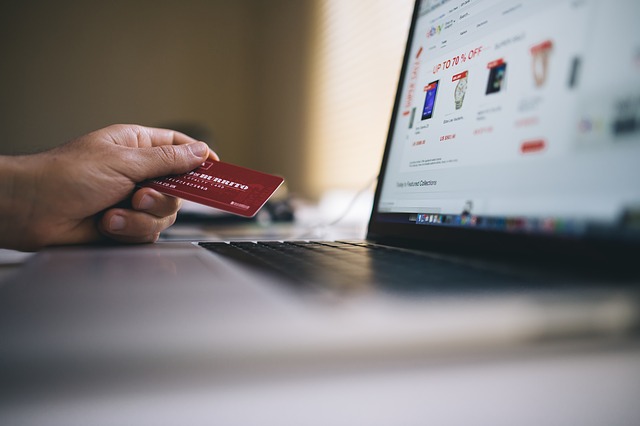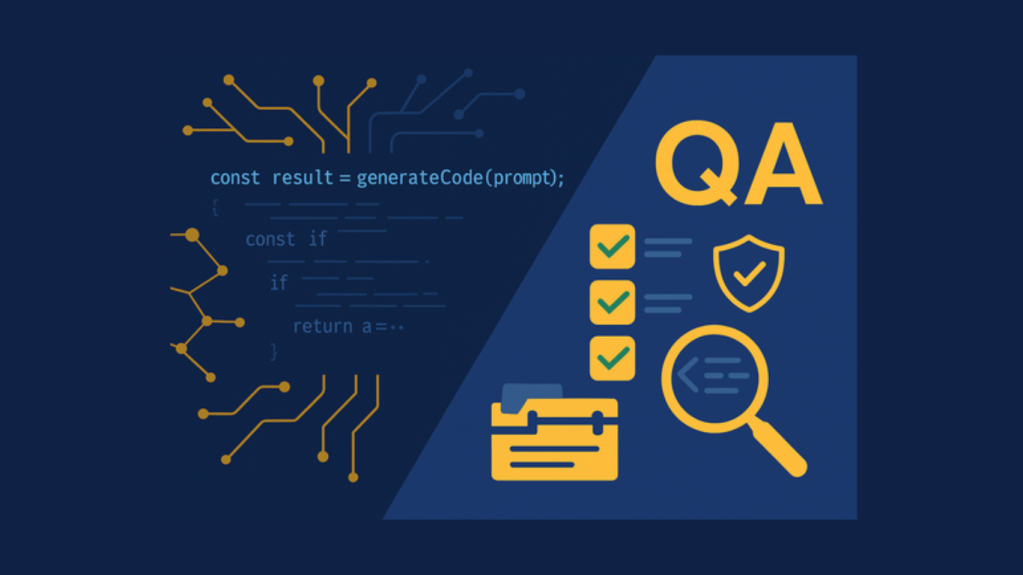Today’s digitally savvy customers have a lot of options for shopping. There is mobile. Web. In store. Even in app. And there is evidence to show that consumers don’t pick just one and stick with it.
These same customers, though, are also demanding in their experiences. They expect to receive a seamless shopping experience, no matter how they engage your brand. In fact, Accenture found that 49% of consumers believe the best things retails can do is to integrate across all of their channels, whether that be brick-and-mortar, mobile, or web.
Consistency is important for consumers, but it means a lot for retailers as well. Seventy-three percent of consumers are willing to increase their purchases with a retailer by 10% or more if they are offered a superior customer experience.
Given its importance, it’s understandable that both online and brick and mortar stores want to do what they can to meet customer demands. So what can a retailer do?
Know Your Customer’s Shopping Path
The first step in improving the shopping experience is understanding how your customers shop with you. Gaining an understanding of your customer profiles – or personas – and their path to purchase allows you to prioritize your areas in need of improvement.
Marketers and retailers today understand that many purchases don’t happen impulsively. Buyers frequently take a winding path – called the buyer’s journey – to their purchase. The buyer’s journey includes research, consideration, decision-making and only at the end is a purchase made.
Consumers today may include different channels in that journey. They might “showroom” in a brick and mortar store, seeing what products look or act like in person. They may then go on the web to research those products, and compare them to others. They might finally make a decision in the moment, and use their phone to finally make the purchase.
Retailers need to understand the unique path their customers take in their shopping experience so that each step of the process can be optimized for the consumer.
Optimize the Experience
Once you have a handle on how your target audience progresses through their buyer’s journey, you’ll be able to optimize various channels to meet your customer’s needs.
Optimization can’t occur on just a single channel. Forty percent of e-commercce purchases involve more than one device. Without a complete understanding of how your customer’s make a purchase, you shouldn’t put all of your eggs in a single channel’s basket, so to speak.
Consumers also want to be able to choose the device most convenient to them. If you only have product comparisons on your website, and no such information available in your mobile e-commerce experience, you may be alienating a portion of your audience, and subsequently losing sales.
Personalize
The next step in a seamless shopping experience is personalization. And personalization relies on data and breaking down silos.
Any retailer that has been in business for some time has a wealth of customer data at their fingertips, even if that data is only names, addresses, and past purchases. That information can be analyzed to create “look-a-like” groups of customers and be used to understand an individual customer’s purchase habits.
Using collective information about purchases, retailers can build out their digital shopping experiences – whether on web or mobile – to make recommendations of products that customers with similar traits and buying habits have purchased. It can also be used to recommend additional products that go with a purchase – like batteries for a toy or add-ons for tools.
For the individual, personalization means knowing and remembering the customer. Silos between different channels should be removed. If a consumer adds an item to their cart while waiting in the doctor’s office and then later goes to purchase it while at their computer, the items should be in their cart.
This goes beyond simply saving the state of a cart to an account. It should also include knowledge of preferences and past purchases. A customer relationship management program can help with this. That way, when a consumer calls your customer service line, agents can help them with any past purchase no matter how or where it was bought.
Streamline Checkout
Nothing should make it difficult for your customers to complete the buying process once they have decided to buy. Simplifying the checkout process is something user experience experts have recommended for years to prevent abandoned carts. But multi-channel access to the shopping experience adds a layer of complexity.
Take, for example, a user who is shopping for a shirt on their phone. The customer adds the item to their cart and starts the checkout process from their phone. But they are interrupted. Later, that customer logs on with their tablet to complete the process. If the item isn’t still in their cart, they may simply decide not to buy.
Take that one step further. If they have begun the checkout process, but when they log on to their tablet the steps to purchase have changed, they may also abandon their cart. Maybe they think they’ll just finish it later on their phone, where the process was begun. Maybe they’ve lost a little trust in the company because the experience isn’t consistent. No matter the reason, it’s a roadblock on the path to purchase.
Review your shopping cart process with multi-channel in mind. Put yourself in your user’s place. What if you added an item while standing in line at the grocery store and then wanted to finish on the web? What if you add an item on your tablet, but choose to complete the buying process on your phone? Is the process easy and consistent? If not, you have an opportunity to improve the experience.
Don’t Stop There
Don’t make the mistake of thinking that the purchase process ends when your customer clicks “Buy”. For them, that’s only the beginning.
Customers are anxiously anticipating the arrival of their items once they purchase them. Delivery information should be easy to access from any device, and transparent.
Offering additional ways to track purchases can make the process more seamless for customers, as well. Instead of forcing customers to actively look up the status of their orders, offer to send status alerts. Sending text alerts or emails at certain shipping milestones keep consumers in the loop, building confidence in your brand. These alerts can be set relatively easy by leveraging a shipper’s API for package tracking.
Seamless shopping experiences aren’t just better for customers. They are also good for business. Understanding how your customers shop and then marrying those preferences, across platforms, to the purchase process will increase sales and may even inspire a larger purchase.









